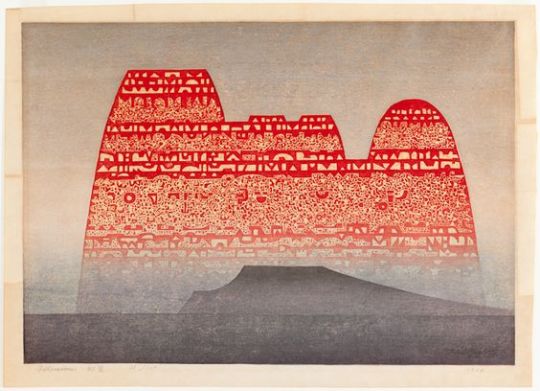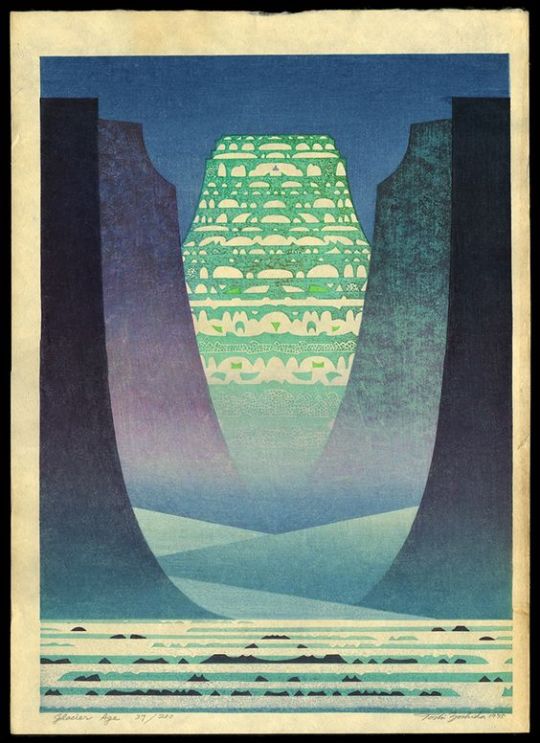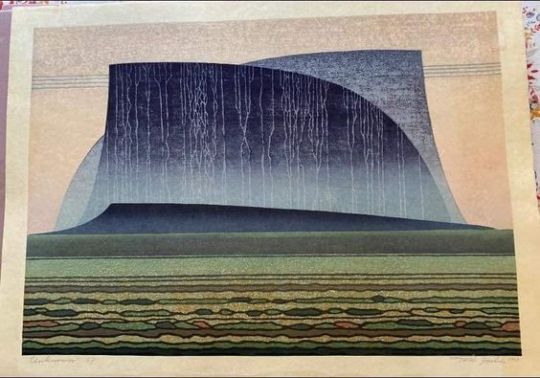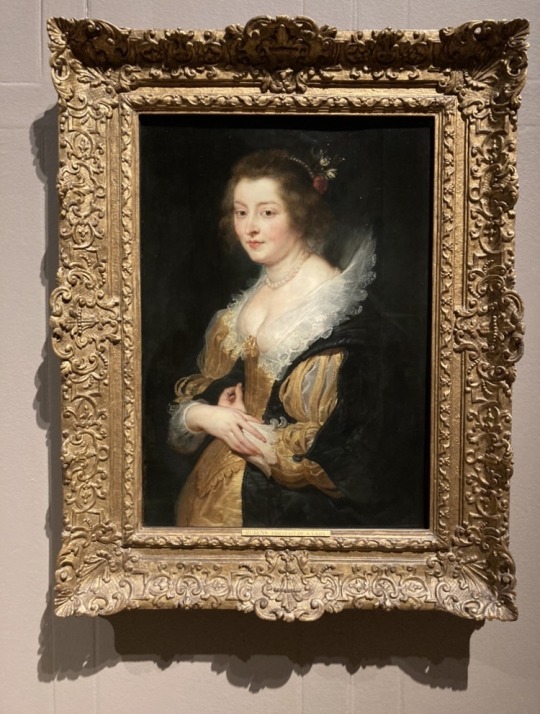#Dulwich Picture Gallery
Explore tagged Tumblr posts
Text

Lucy Ebberton (c. 1745-50), (detail), by George Knapton (1698-1778), oil on canvas, 76.5 x 64.1 cm, Dulwich Picture Gallery, Dulwich
#lucy ebberton#george knapton#painting#portrait#oil on canvas#detail#painting detail#betrothal#art#fine art#dulwich picture gallery#dulwich#my upload
404 notes
·
View notes
Text

Peter Lely (1618-1680) "A Boy as a Shepherd" (c. 1658-1660) Oil on canvas Located in the Dulwich Picture Gallery, London, England
#paintings#art#artwork#genre painting#male portrait#peter lely#oil on canvas#fine art#dulwich picture gallery#museum#art gallery#dutch english artist#portrait of a boy#costume#costumes#musical instruments#flute#side profile#long hair#1650s#1660s#mid 1600s#mid 17th century
281 notes
·
View notes
Text

Title: Castle and Waterfall Artist: Carlo Bonavia (Italian, d. 1788) Date: second half of 18th century Genre: landscape painting Medium: oil on canvas Dimensions: 46.6 cm (18.3 in) high x 34.9 cm (13.7 in) wide Location: Dulwich Picture Gallery, London
#art#art history#Carlo Bonavia#landscape#landscape painting#Italian art#18th century art#oil on canvas#Dulwich Picture Gallery
87 notes
·
View notes
Text

Europa and the Bull
Artist: Guido Reni (Italian, 1575-1642)
Date: circa 1640
Medium: Oil on canvas
Collection: Dulwich Picture Gallery, London, United Kingdom
Europa, in Greek mythology, the daughter either of Phoenix or of Agenor, king of Phoenicia. The beauty of Europa inspired the love of Zeus, who approached her in the form of a white bull and carried her away from Phoenicia to Crete.
#painting#woman#guido reni#italian artist#european art#oil on canvas#animal#greek#costume#flowers#greek mythology#europa#white bull#italian culture#artwork#oil painting#fine art#italian painter#mythological art#mythology#17th century painting#dulwich picture gallery
7 notes
·
View notes
Text

Rinaldo and Armida, Nicolas Poussin, 1628-30
#art history#art#17th century#baroque#baroque art#french art#italian art#nicolas poussin#rinaldo#armida#gerusalemme liberata#torquato tasso#enemies to lovers#dulwich picture gallery
37 notes
·
View notes
Text

#black and white photography#my photography#my photos#photographers on tumblr#photoblog#dulwich picture gallery
2 notes
·
View notes
Text
Berthe Morisot
Until 10th September 2023, Dulwich Picture Gallery is hosting the first major UK exhibition of a trailblazing Impressionist since 1950. Lesser known than her male contemporaries, Berthe Morisot helped found the Impressionist group and was featured in many of the group’s exhibitions. As a woman, she defied social norms and demonstrated an original artistic vision, which inspired and influenced…

View On WordPress
#art#berthe morisot#Breaker#claude monet#corot#Dulwich Picture Gallery#edouard manet#eugene monet#Exhibition#fragonard#Google Podcasts#impressionism#impressionist#Joshua Reynolds#julie manet#ko-fi#landscapes#painting#paintings#patreon#paule gobillard#Pocket Casts#portraits#spotify#Thomas Gainsborough
6 notes
·
View notes
Text
The Dulwich Picture Gallery in London has a current exhibit on the Yoshida family of printmakers, covering work by six artists from three generations of the family. Well worth a visit if you like Japanese art, and although they're all interesting, the striking modernists pieces by Toshi Yoshida were probably my favourite.



Toshi Yoshida
104 notes
·
View notes
Text
William Beckford 1760-1844: An Eye for the Magnificent :: Philip Hewat-Jaboor & Bet McLeod

View On WordPress
#0-3000-9068-4#18th century art#19th century art#art biographies#art biography#art collecting#art collectors#art expositions#art memoirs#bard graduate center#books by philip hewat-jaboor & bet mcleod#british arts#british pictures#decorative arts#derek e ostergard#dulwich picture gallery#first edition books#fonthill abbey
0 notes
Text


Portrait of a Woman, possibly Elizabeth Fourment, 1625-30 (Peter Paul Rubens)
#peter paul rubens#the hands make me insane#theres a lot more dove grey and coral pink in the fleshtones IRL#you have until month-end to see this at the dulwich picture gallery but it’s royal collection so CIII will have it stashed somewhere after#art#painting
17 notes
·
View notes
Text

Lucy Ebberton (c. 1745-50), (detail), by George Knapton (English, 1698–1778), oil on canvas, 76.5 x 64.1 cm, Dulwich Picture Gallery, Dulwich
#lucy ebberton#george knapton#painting#my upload#oil on canvas#dulwich picture gallery#dulwich#painting detail#detail#18th century#portrait#art#fine art
42 notes
·
View notes
Text






London field trip 02.07.-08.07. ~ Part 2
#studyblr#study aesthetic#student aesthetic#studyinspo#university#architecture#art history#mine#btw in case you want to know about the places depicted here:#1) barbican centre 2) dulwich picture gallery 3) & 4) Sir John Soane‘s museum#5) horniman museum and 6) are just thenpost cards from various museum shops haha
20 notes
·
View notes
Text

Title: The Fall of the Rebel Angels Artist: Sebastiano Ricci (Italian [Venetian], 1659-1734) Date: ca. 1720 Genre: religious art Period: Baroque Medium: oil on canvas Dimensions: 82 cm (32.3 in) high x 68 cm (26.8 in) wide Location: Dulwich Picture Gallery, London
#art#art history#Sebastiano Ricci#religious art#Christian art#Christianity#Catholicism#angels#angels in art#St. Michael#Archangel Michael#Baroque#Baroque art#Italian Baroque#Italian art#Venetian art#18th century art#oil on canvas#Dulwich Picture Gallery
104 notes
·
View notes
Text

John Singer Sargent, Figure lying on a bed (1917)
The Watercolours at Dulwich Picture Gallery, 2017
881 notes
·
View notes
Text

Sebastiano Ricci (Italian,1659-1734). “The Fall of the Rebel Angels”, c.1720. Dulwich Picture Gallery, London. oil on canvas
150 notes
·
View notes
Text

Sebastiano Ricci (Italian, 1659-1734) The Fall of the Rebel Angels, ca.1717-18 Dulwich Picture Gallery Sebastiano Ricci captures the moment that the ‘great dragon’, Satan, and his angels ‘were cast out onto the earth’ (Revelation 12:9).
#Sebastiano Ricci#italian art#italy#italian#1700s#the fall of the reben angels#christian art#christian#christianity#christentum#western civilization#catholic#catholic art#catholicism#bible#the bible#art#fine art#european art#classical art#europe#european#oil painting#fine arts#europa#mediterranean#southern europe
441 notes
·
View notes